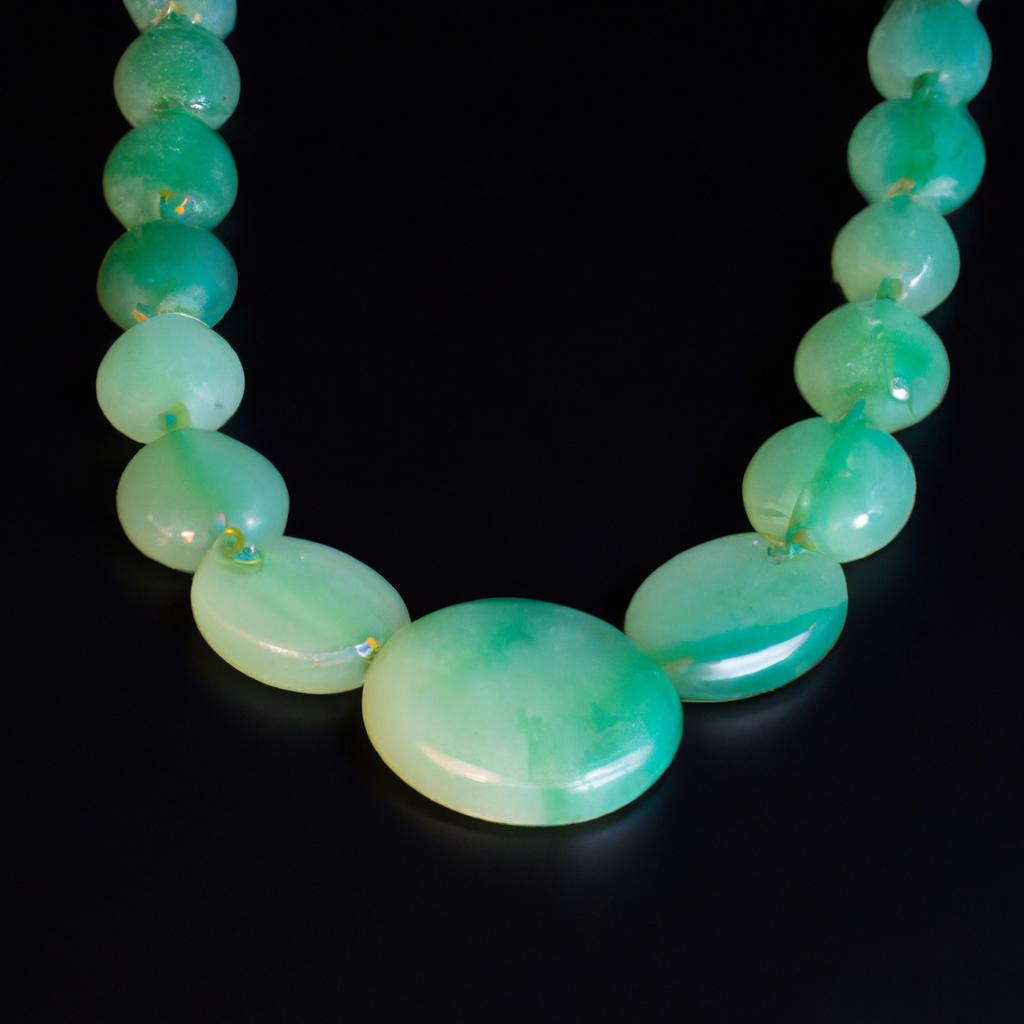Jade de Guatemala: A Journey into the World of a Precious Gemstone
Jade de Guatemala, the gemstone that has captivated collectors and enthusiasts for centuries, is a true marvel found in the heart of Central America. With its rich cultural history and unparalleled beauty, jade de Guatemala holds a special place in the world of gemstones. In this article, we will embark on a captivating journey into the world of jade de Guatemala, exploring its history, cultural significance, and value.
What is Jade de Guatemala?
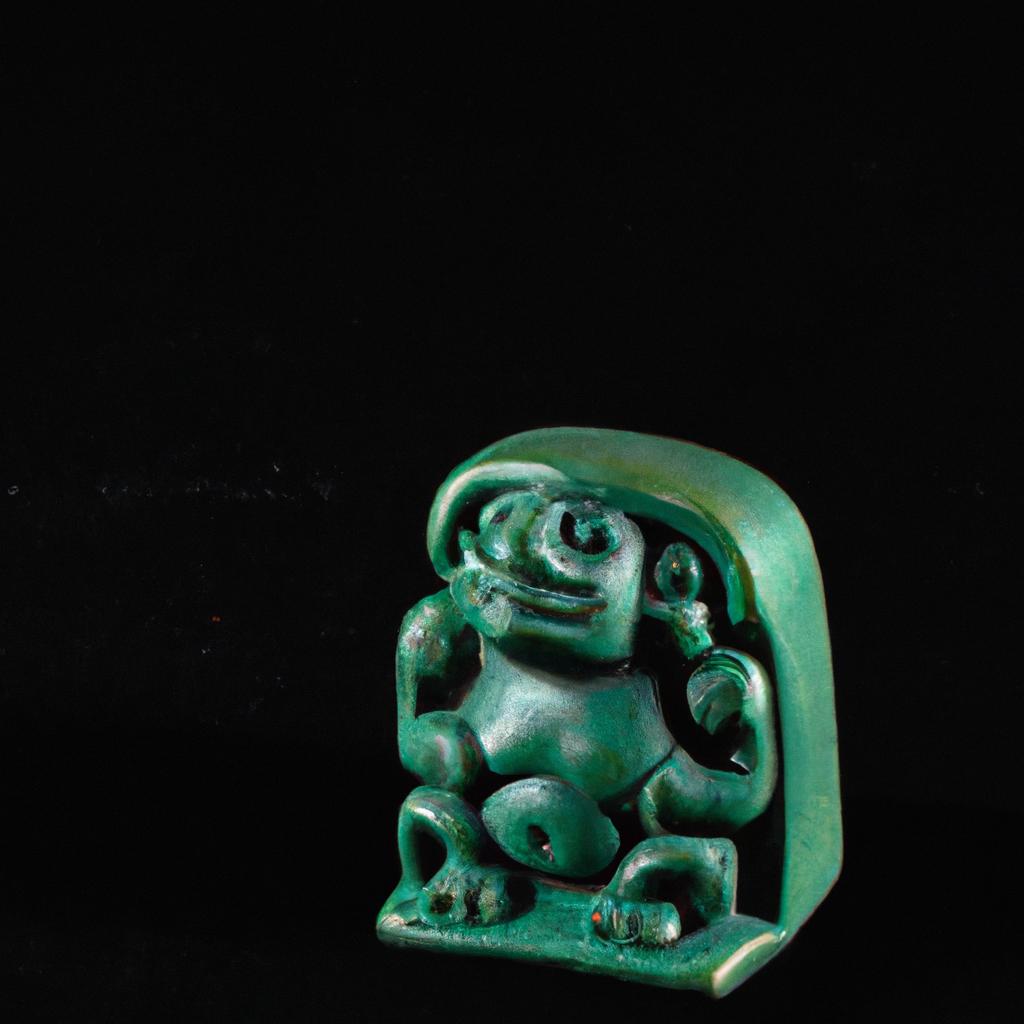
Jade de Guatemala is a unique gemstone found in the mountains of Central America, particularly in Guatemala. This precious stone has gained immense popularity for its remarkable beauty and cultural significance.
Defining Jade de Guatemala
Jade de Guatemala is a type of jadeite, a mineral that belongs to the pyroxene family. It is an opaque, green gemstone that ranges in color from light green to dark emerald. One of its distinguishing features is its smooth texture, setting it apart from other gemstones.
Types of Jade Found in Guatemala
There are two types of jade found in Guatemala: jadeite and nephrite. While both are classified as jade, they differ in their chemical composition, physical properties, and colors. Jadeite is the rarer and more valuable of the two types found in Guatemala.
Geological Formation of Jade de Guatemala
Jade de Guatemala is formed through the metamorphosis of serpentinite, a rock rich in magnesium and iron. When subjected to high pressure and temperature deep underground, the serpentinite transforms into jadeite. This transformation process takes millions of years.
Cultural Significance of Jade de Guatemala
Jade holds great importance in the cultural history of Guatemala, especially within the Mayan civilization. The Mayans believed that jade possessed mystical and spiritual powers, using it for jewelry, religious ceremonies, and even as a form of currency. Jade was highly valued as a symbol of wealth and power.
The Rich Cultural History of Jade de Guatemala
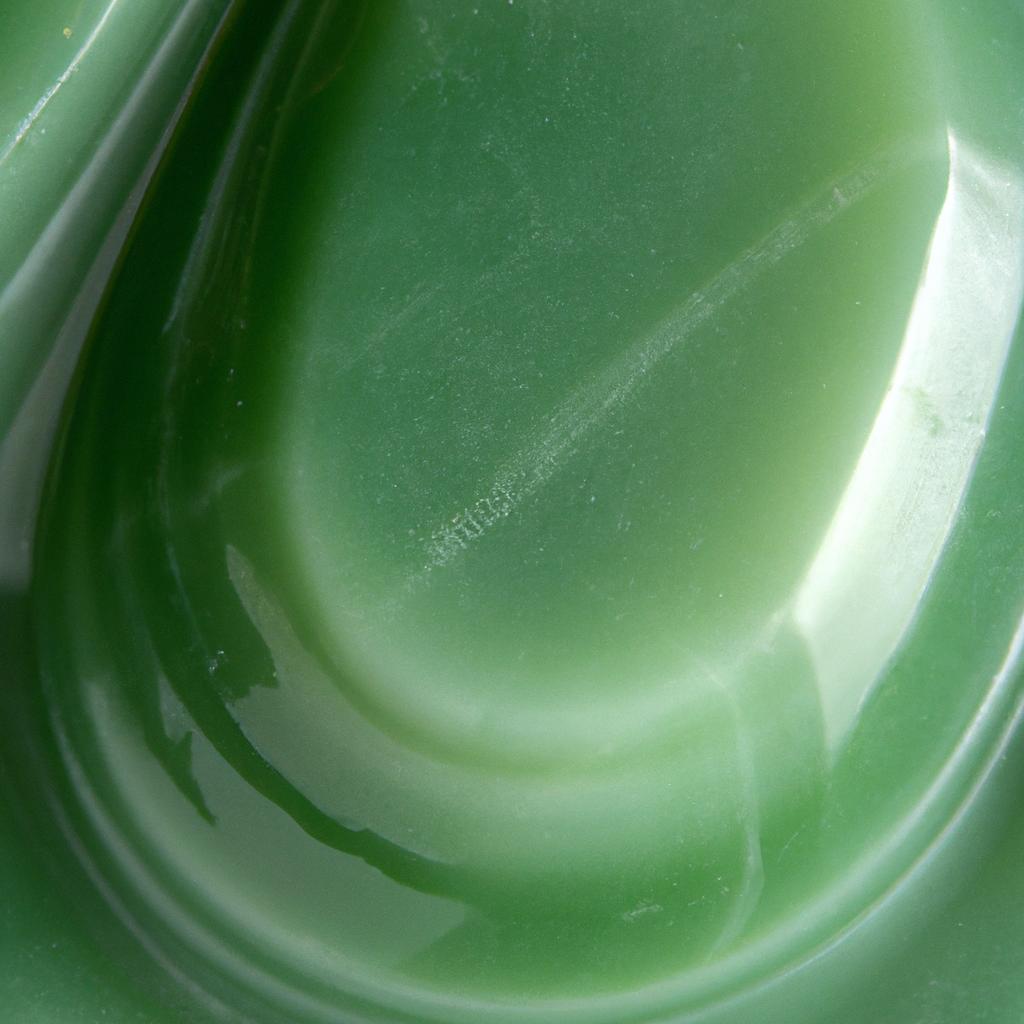
Jade de Guatemala has a captivating cultural history dating back to the ancient Mayan civilization. For the Mayans, jade symbolized power and status, and they extensively incorporated it into their art, religion, and daily life. Let us delve into the fascinating history of jade de Guatemala and its significance to the Mayan people.
A Brief Overview of the History of Jade de Guatemala
Jade de Guatemala has been mined and cherished by the Mayan people for over 3,000 years. The Mayans believed in the mystical and spiritual powers of jade, utilizing it for various purposes, including jewelry, ceremonial objects, weapons, and tools.
The Mayans saw jade as a symbol of life and fertility, as well as a protective talisman. They used jade in religious ceremonies, believing that it could connect them with the spirit world.
The Role of Jade in Mayan Culture and Religion
Jade played a significant role in Mayan culture and religion. The Mayans believed that jade possessed healing and protective properties, incorporating it into their religious ceremonies to establish a connection with the gods.
Mayan rulers were often buried with jade objects, such as jewelry and ceremonial masks, to symbolize their power and status. These objects were believed to assist the rulers in their transition to the afterlife and facilitate their connection with the gods.
How Jade was Used in Mayan Art and Craftsmanship
Jade’s beauty and durability made it a favored material for Mayan art and craftsmanship. The Mayans skillfully carved jade into intricate designs, often depicting animals, gods, and other spiritual beings.
Mayan artisans possessed exceptional skills in working with jade, employing traditional techniques involving chisels and hammers. Their intricate carvings showcased the natural beauty of jade de Guatemala.
In the following section, we will explore the mining and production of jade de Guatemala, shedding light on the challenges faced by miners, production techniques, and the artistry involved.
The Mining and Production of Jade de Guatemala
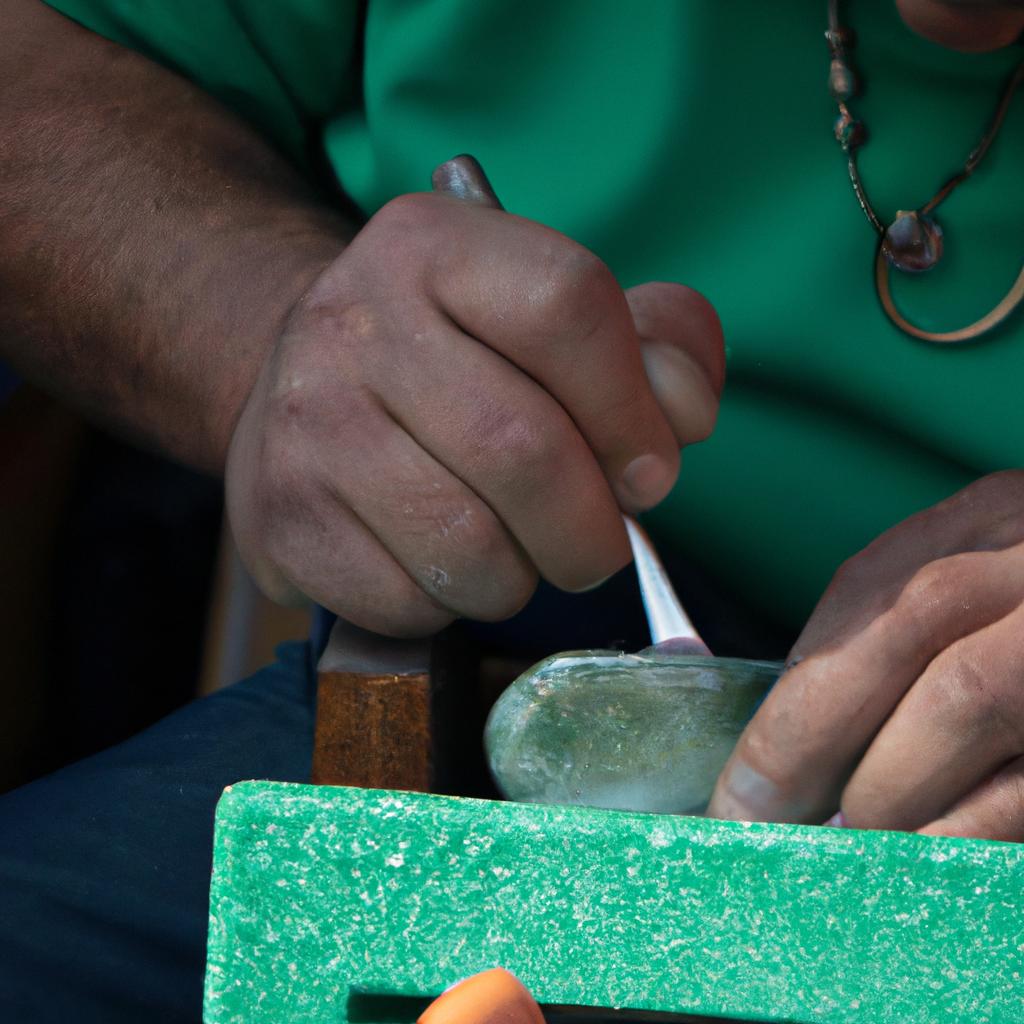
The Mining Process of Jade de Guatemala
Mining jade de Guatemala is a complex process that demands expertise. It involves locating the jade deposits and extracting them from the surrounding rock. Miners employ various tools and techniques, including dynamite, diamond-tipped saws, and high-pressure water jets.
Mining jade can be perilous, with miners facing challenging conditions like extreme heat and humidity. They also confront the risks of landslides and cave-ins. Mining companies implement strict safety regulations to minimize these hazards.
The Challenges Faced by Miners and Producers
The mining and production of jade de Guatemala present several challenges. Environmental impact is a major concern, as the mining process can cause deforestation, soil erosion, and water pollution. Mining companies endeavor to counteract these effects by implementing sustainable practices such as reforestation and water treatment processes.
Illegal mining poses another significant challenge, undermining legitimate mining companies committed to responsible practices. Illegal mining not only harms the environment but also jeopardizes the reputation of the industry.
Traditional Methods of Producing Jade de Guatemala
The production of jade de Guatemala boasts a rich cultural heritage, with traditional methods passed down through generations. Carving jade by hand using basic tools such as chisels and hammers requires deep knowledge of the stone’s properties to enhance its natural beauty.
Traditional production methods may be time-consuming, but they yield exquisite pieces highly treasured by collectors and enthusiasts worldwide.
Modern Techniques Used to Produce High-Quality Jade Products
In recent years, modern techniques have emerged to streamline the production of high-quality jade products. Computer-aided design (CAD) and computer-aided manufacturing (CAM) technology enable the creation of precise and intricate designs swiftly and accurately.
Other modern techniques include laser cutting and water jet cutting, which allow for intricate designs to be cut into jade with exceptional precision. These advancements have revolutionized the production of jade de Guatemala, making it more accessible and affordable to consumers worldwide.
In the next section, we will delve into the value and uses of jade de Guatemala, shedding light on its significance in the global market.
The Value and Uses of Jade de Guatemala
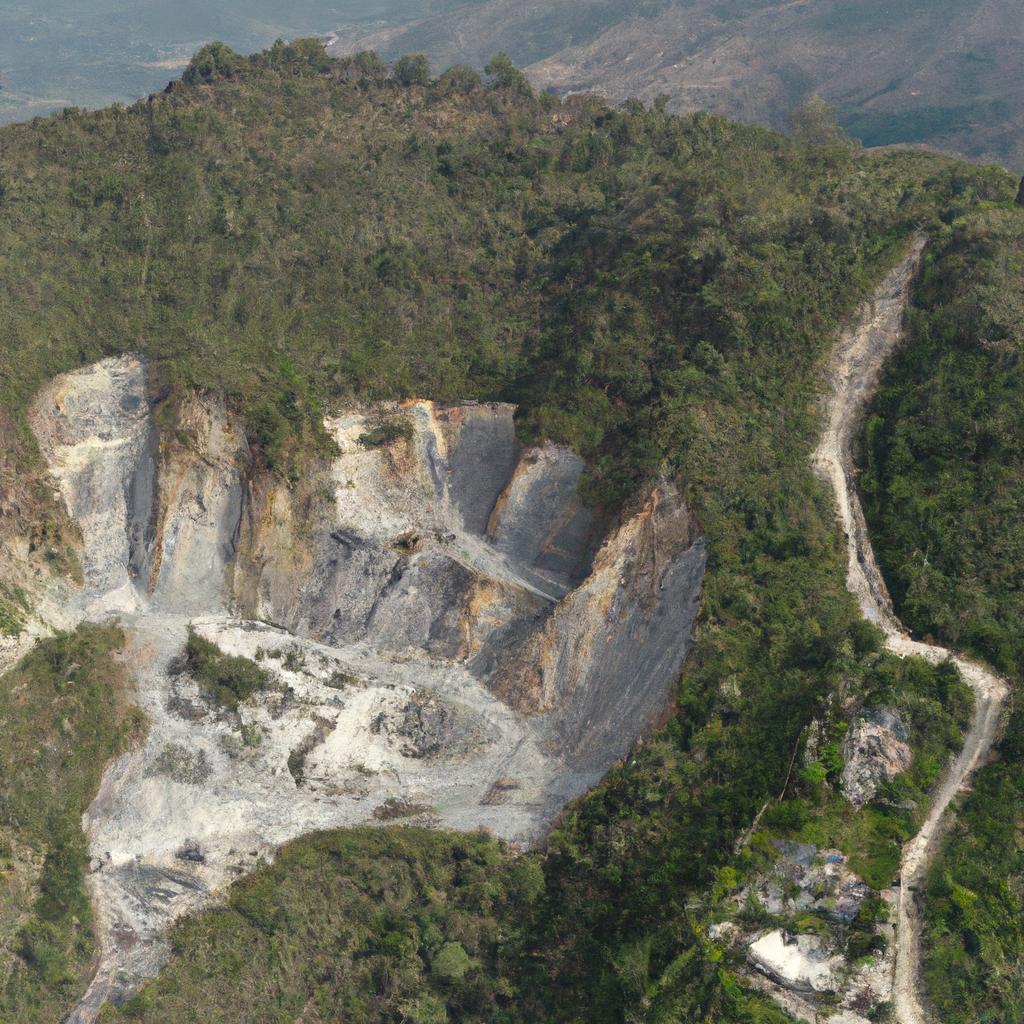
The unique beauty and cultural significance of jade de Guatemala have solidified its position as a highly valued gemstone in the global market. Its rarity and exceptional quality have led to high demand, making it a valuable investment for collectors and enthusiasts alike. Let us explore the value of jade de Guatemala and its diverse applications.
The Value of Jade de Guatemala in the Global Market
Due to its rarity and remarkable beauty, jade de Guatemala has become an excellent investment. Collectors and enthusiasts worldwide eagerly seek out this gemstone, with prices reaching thousands of dollars per carat. The demand for jade de Guatemala has only grown over the years, establishing it as a precious commodity in the global market.
Uses of Jade de Guatemala in Jewelry, Decorative Art, and More
Jade de Guatemala is a versatile gemstone utilized in a range of industries, from jewelry-making to decorative art. Its distinct color and texture make it a popular choice for jewelry designers who aim to create timeless and elegant pieces.
Beyond jewelry, jade de Guatemala finds a place in decorative art, such as sculptures and vases. Artists are drawn to its exquisite beauty and cultural significance, allowing them to craft pieces that reflect the rich history of the Mayan civilization.
Why Jade de Guatemala is Sustainable and Eco-Friendly
Unlike many other gemstones, jade de Guatemala is both sustainable and eco-friendly. Traditional mining methods used to extract jade from the earth have minimal environmental impact. Miners work in harmony with nature, ensuring that the land remains unharmed throughout the process.
Moreover, jade de Guatemala is a durable gemstone that can endure for generations, reducing the need for frequent replacements. Its sustainability and eco-friendliness make it an ideal choice for those seeking beautiful and responsible gemstones.
In conclusion, jade de Guatemala is a valuable and sustainable gemstone that continues to enchant collectors and enthusiasts worldwide. Its unique beauty, cultural significance, and eco-friendly properties make it a remarkable investment.
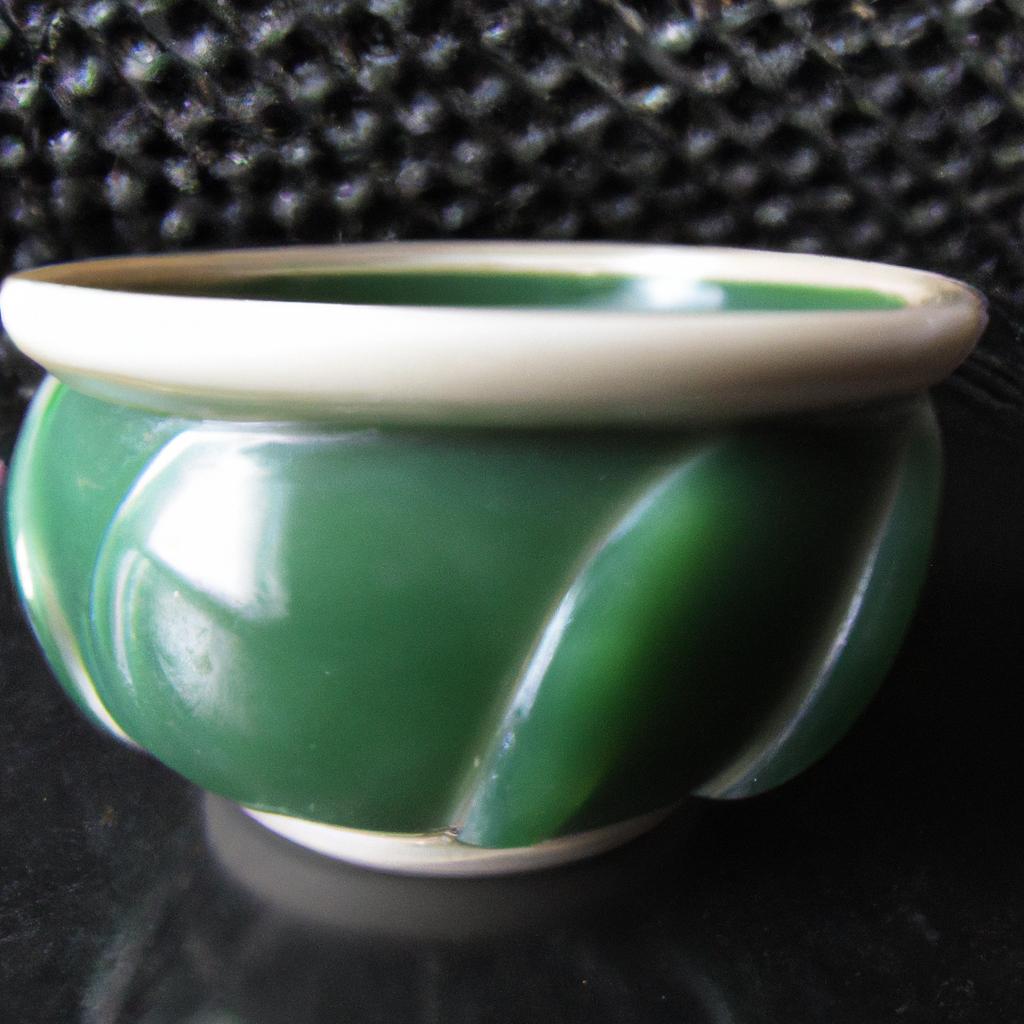
In conclusion, jade de Guatemala is an extraordinary gemstone that has captured the hearts and minds of people worldwide. Its rich cultural history and exceptional beauty render it an invaluable addition to any collection. To fully appreciate its beauty, understanding its history and cultural significance is of utmost importance.
Throughout this article, we have explored the different types of jade found in Guatemala, delved into its cultural significance within the Mayan civilization, examined the mining and production process, and elucidated its value and various uses.
Here at TooLacks, we strive to bring you the latest news and information about all things related to nature, gardening, and animals. We hope that this article has deepened your understanding and appreciation for this precious gemstone.
Should you consider collecting or purchasing jade de Guatemala, we encourage you to seek reputable sources and conduct thorough research. With its timeless beauty and cultural significance, jade de Guatemala will continue to captivate and inspire for generations to come.
Citations:
- “Jade: Guatemala’s Green Gold.” Smithsonian Magazine, 2012, https://www.smithsonianmag.com/travel/jade-guatemalas-green-gold-13221422/
- “Jade.” Gemological Institute of America, https://www.gia.edu/jade
- “Jade de Guatemala.” The Jade Mine, https://www.thejademine.com/jade-de-guatemala/
